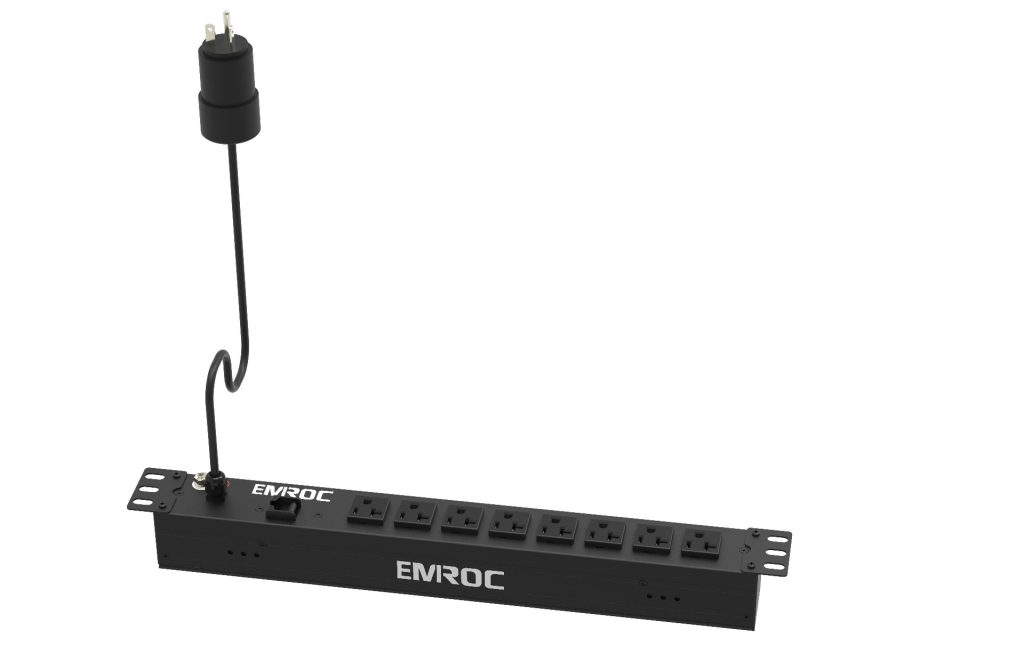In today’s rapidly evolving technological landscape, where the seamless operation of various devices and systems is crucial, the significance of efficient power management cannot be overstated. One unsung hero in this realm is the Power Distribution Unit, commonly known as a PDU. This unassuming device plays a pivotal role in ensuring the steady and reliable supply of electricity to a plethora of equipment, making it an indispensable component in modern infrastructure.

A Power Distribution Unit serves as the nerve center of power distribution within data centers, offices, industrial setups, and virtually any environment where multiple electronic devices are employed. Its primary function is to receive power from a primary source and distribute it to various connected devices, all while offering protection, monitoring, and control capabilities. Distribution and Control:One of the core functions of a PDU is to efficiently distribute power to connected devices. PDUs come in various configurations, including basic, metered, monitored, and switched PDUs. Basic PDUs provide a simple distribution of power without advanced monitoring or control features. Metered PDUs monitor power consumption at the outlet level, enabling users to keep a close watch on energy usage. Monitored PDUs go a step further by providing real-time data on power consumption, voltage, and current, allowing for better load balancing and optimization. Switched PDUs offer the highest level of control, allowing users to remotely turn outlets on or off, effectively rebooting devices and managing power remotely. This variety of options ensures that users can select the PDU that best suits their specific requirements. Reliability and Redundancy:In critical applications, downtime is not an option. PDUs contribute significantly to system reliability by incorporating redundancy features. Dual-input PDUs, for instance, can be connected to two separate power sources, ensuring uninterrupted power supply even if one source fails. This level of redundancy enhances system uptime and prevents costly interruptions in operations. Remote Management:The ability to manage power distribution remotely is a crucial advantage in modern setups. Intelligent PDUs can be accessed and controlled through web interfaces or network protocols, allowing administrators to monitor power consumption, adjust settings, and even perform remote power cycling. This remote manageability proves invaluable in troubleshooting and maintaining equipment without the need for physical presence. Power Protection:PDUs provide essential protection mechanisms to safeguard connected devices against power anomalies. Surges, spikes, and electrical noise can wreak havoc on sensitive electronics. High-quality PDUs are equipped with surge protection and circuit breakers to prevent such disturbances from causing damage. This layer of protection extends the lifespan of equipment and reduces the risk of data loss. Scalability and Adaptability:As organizations grow and technological needs evolve, PDUs offer a scalable solution. They can be easily integrated into existing setups or expanded to accommodate additional devices. This adaptability ensures that power distribution remains efficient and effective as the infrastructure expands. Energy Efficiency:Efforts towards sustainability have driven the development of energy-efficient PDUs. These units often feature features such as power monitoring, which helps identify areas of high consumption, allowing users to make informed decisions about energy usage and efficiency improvements. In conclusion, the Power Distribution Unit is an unsung hero in the realm of power management. Its ability to efficiently distribute power, offer control and monitoring capabilities, ensure reliability, and protect connected devices makes it an indispensable component of modern infrastructure. As technology continues to advance, PDUs will undoubtedly play an even more crucial role in maintaining the seamless operation of our interconnected world.